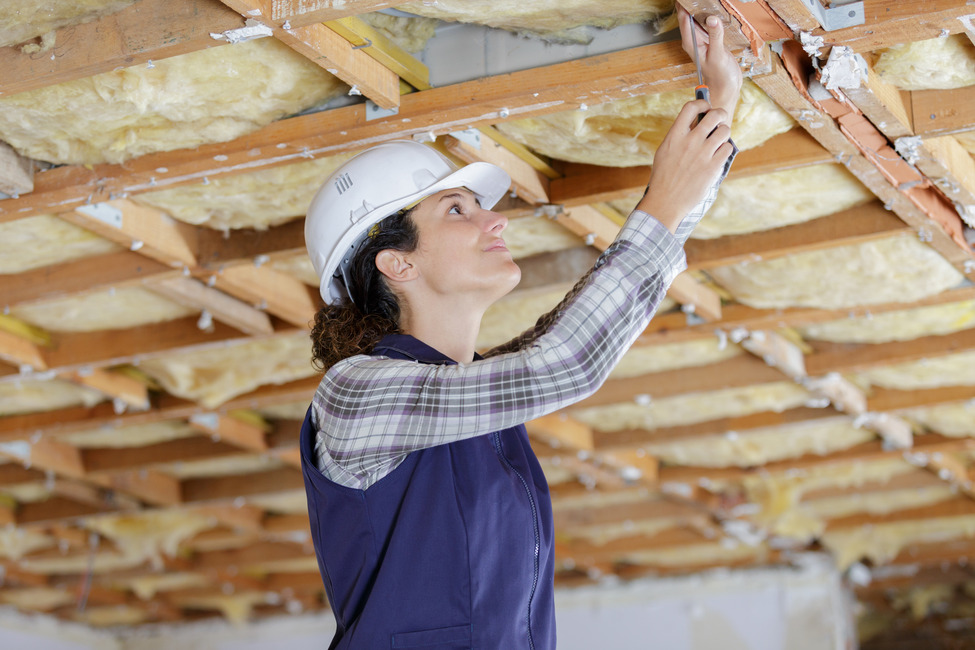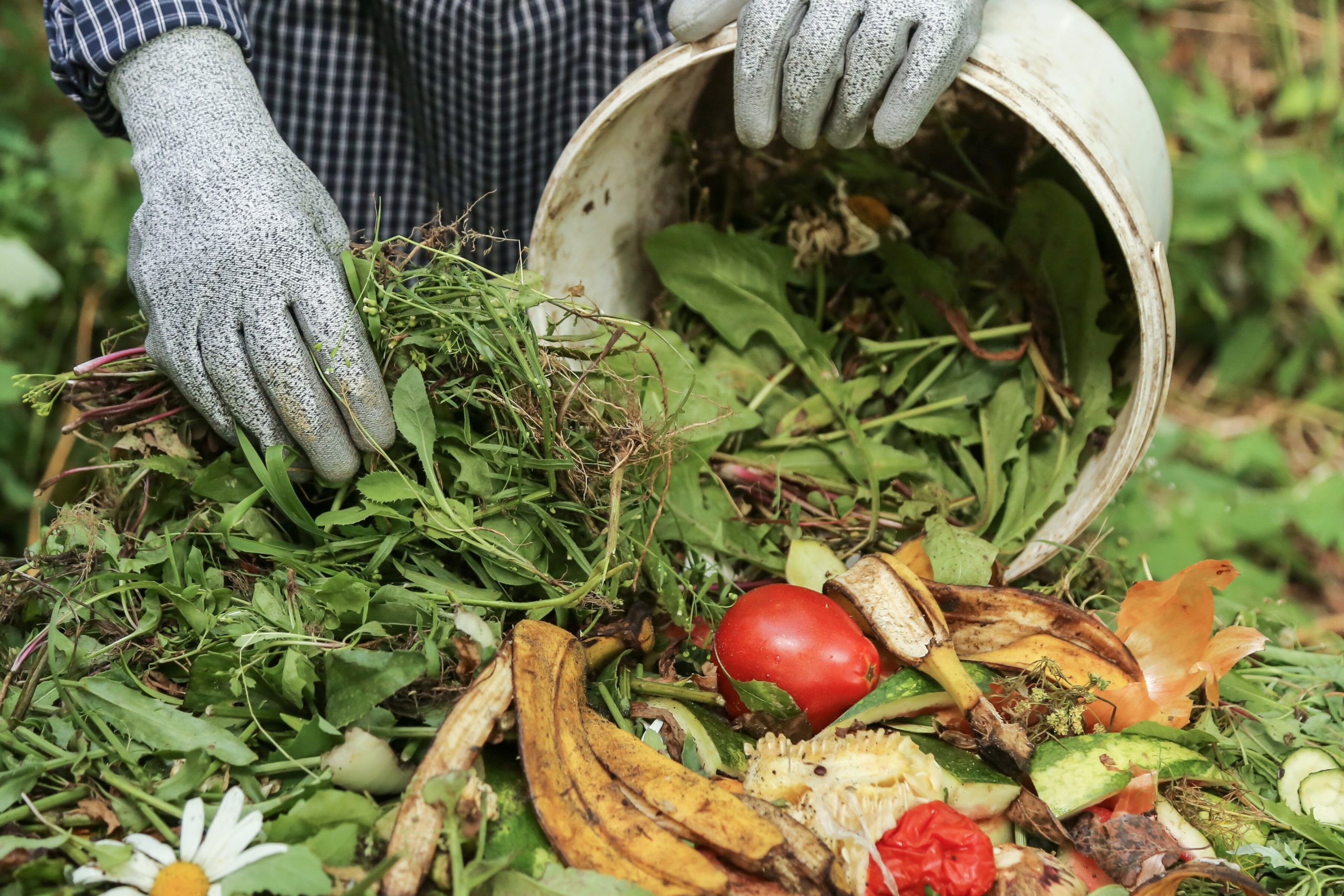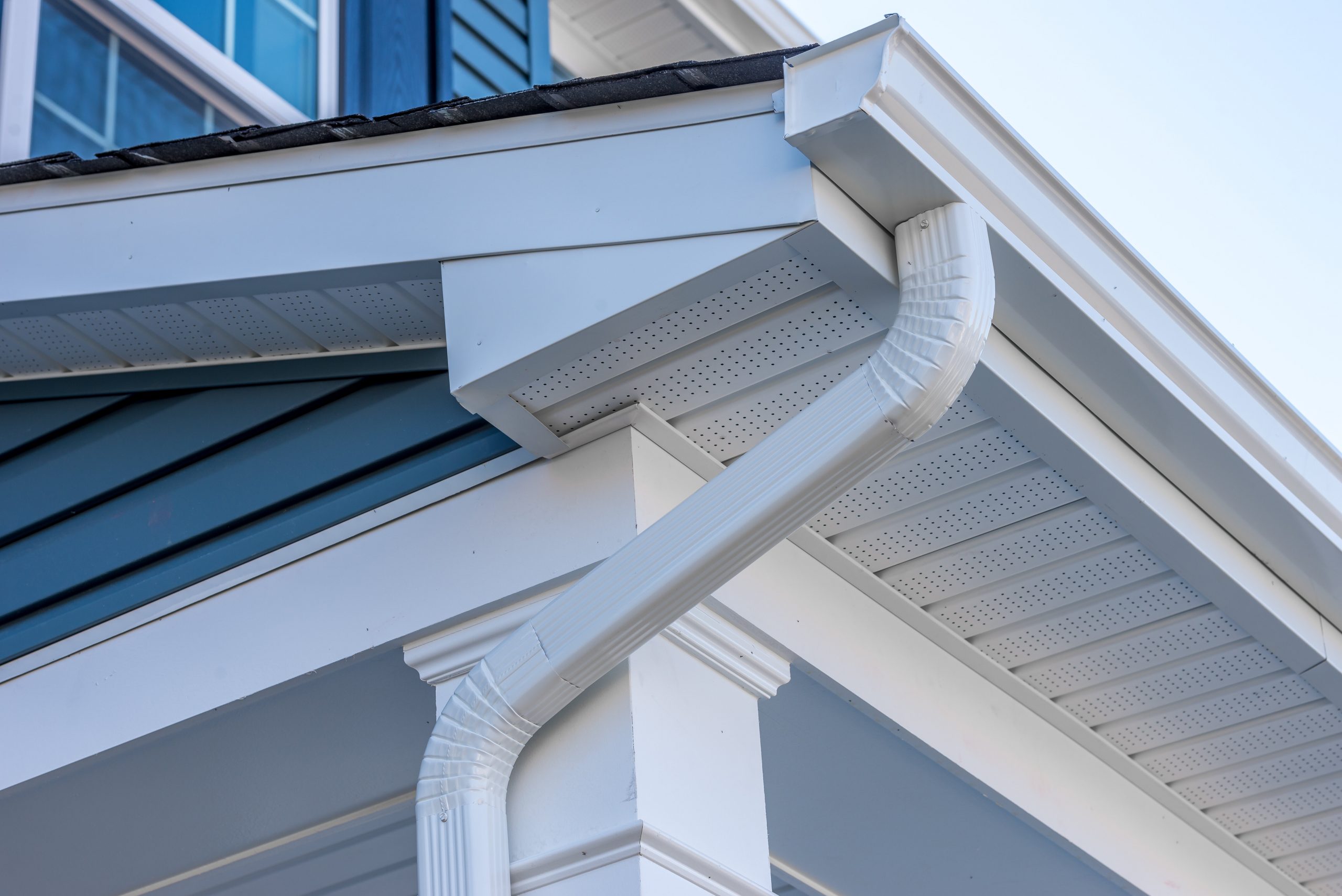Table of Contents
Insulating Your Home: How Proper Insulation Can Save You Money
Keeping your home comfortable while saving money on energy bills might sound like a dream, but it’s achievable with proper insulation. Whether it’s in the attic, walls, or crawl spaces, insulation plays a key role in maintaining indoor temperatures and reducing energy waste. Learn about the benefits of insulation and how it can help you cut costs while making your home more energy-efficient.

Why Insulation Matters
Insulation acts as a barrier between the inside of your home and the outside environment. During winter, it keeps warm air from escaping, while in summer, it prevents hot air from entering. Without proper insulation, your heating and cooling systems have to work harder, leading to higher utility bills and unnecessary wear on your HVAC equipment.
Adding or upgrading insulation is an investment that pays off by lowering energy consumption and creating a more comfortable living space. Plus, with rising energy costs, insulation is more important than ever for controlling expenses.
Benefits of Insulating Your Home
Lower Energy Bills
The most obvious benefit of insulation is the money you save on energy. Homes with proper insulation use less energy to maintain a comfortable temperature, which can result in significant savings. According to the U.S. Department of Energy, homeowners can save up to 15% on heating and cooling costs simply by sealing air leaks and adding insulation.
Increased Comfort
If your home has hot or cold spots, poor insulation could be the culprit. Insulation helps regulate temperature throughout your home, ensuring every room stays cozy during the winter and cool during the summer. This means fewer blankets in the living room during cold nights and less sweating in the kitchen on a hot day.
Reduced Environmental Impact
Using less energy not only saves you money but also helps the environment. Homes with good insulation consume less fuel for heating and cooling, reducing greenhouse gas emissions. By insulating your home, you’re not just helping your wallet—you’re also making an eco-friendly choice.
Soundproofing
Another perk of insulation is its ability to dampen noise. Insulating materials reduce the transfer of sound between rooms and from outside, giving you a quieter and more peaceful home.
Areas to Insulate in Your Home
To maximize energy efficiency, it’s important to focus on key areas where insulation is most effective.
Attics
The attic is one of the easiest and most cost-effective places to add insulation. Heat rises, and without proper attic insulation, much of the warm air in your home escapes through the roof.
Best Options: Fiberglass batts, blown-in cellulose, or spray foam insulation work well in attics. You’ll want to check the R-value (a measure of insulation’s effectiveness) recommended for your climate zone.
Walls
Walls make up a large surface area of your home, so ensuring they’re properly insulated is essential. Many older homes lack sufficient wall insulation, leading to drafts and uneven temperatures.
Best Options: Loose-fill insulation or spray foam can be added to walls, even in finished homes. For new construction, rigid foam boards or fiberglass batts are common choices.
Crawl Spaces
Crawl spaces are often overlooked, but they’re a significant source of energy loss. Insulating crawl spaces prevents cold air from seeping into your home and reduces moisture problems that can lead to mold growth.
Best Options: Rigid foam boards or spray foam insulation work best for crawl spaces. Adding a vapor barrier can further improve energy efficiency.
Floors and Basements
Insulating floors above unheated spaces (like garages) and basements can help keep cold air from rising into your living areas. Basements, in particular, benefit from insulation because they often contribute to heat loss.
Types of Insulation
There are several types of insulation, each suited to different areas and budgets.
Fiberglass
Fiberglass is one of the most common types of insulation and is available in batts, rolls, and loose-fill. It’s affordable and effective, making it a popular choice for attics and walls.
Spray Foam
Spray foam insulation is a versatile option that expands to fill gaps and cracks, providing an airtight seal. It’s more expensive than fiberglass but offers superior performance, especially in hard-to-reach areas.
Blown-In Cellulose
Blown-in cellulose is made from recycled paper treated for fire resistance. It’s eco-friendly and works well for insulating walls and attics.
Rigid Foam
Rigid foam boards are durable and have a high R-value, making them ideal for basements, crawl spaces, and exterior walls.
Reflective Insulation
Reflective insulation uses foil to reflect heat, making it effective for warm climates. It’s commonly used in attics to reduce heat gain.
Signs Your Home Needs More Insulation
Not sure if your home has enough insulation? Look for these signs:
- High Energy Bills: If your heating and cooling costs are consistently high, poor insulation could be to blame.
- Drafts: Noticeable drafts near windows, doors, or walls often indicate air leaks and insufficient insulation.
- Uneven Temperatures: Rooms that are consistently warmer or cooler than others suggest insulation gaps.
- Cold Floors or Walls: If floors or walls feel cold to the touch during winter, it’s a sign they’re not properly insulated.
DIY vs. Professional Installation
Adding insulation can be a DIY project for those comfortable with basic tools and home improvement tasks. Attics, for example, are relatively easy to insulate yourself with fiberglass batts or blown-in insulation.
However, certain situations call for professional help:
- Spray Foam Installation: This requires specialized equipment and training.
- Crawl Space Insulation: Working in tight, damp spaces can be challenging and is often best left to pros.
- Whole-Home Assessment: A professional energy audit can identify areas that need insulation and ensure it’s installed correctly.
Cost of Insulation
The cost of adding insulation depends on the material, the area being insulated, and whether you hire a professional. On average:
- Fiberglass Batts: $0.50–$1.50 per square foot
- Blown-In Insulation: $1.00–$2.00 per square foot
- Spray Foam: $1.50–$4.00 per square foot
While the upfront cost can seem high, the long-term savings on energy bills make it a worthwhile investment.
Additional Tips for Energy Efficiency
Insulation is a major step, but pairing it with these strategies can maximize your home’s energy efficiency:
- Seal Air Leaks: Use caulk or weatherstripping around windows, doors, and vents.
- Upgrade Windows: Double-pane or energy-efficient windows prevent heat loss.
- Use Energy-Efficient Appliances: Appliances with an ENERGY STAR rating consume less energy.
Final Insights
Proper insulation is one of the smartest ways to save money while making your home more comfortable and environmentally friendly. By insulating key areas like the attic, walls, and crawl spaces, you can reduce energy waste, lower utility bills, and enjoy a cozier living space year-round. Whether you choose to tackle it yourself or hire a professional, investing in insulation is a decision that pays off for years to come. Start exploring your options today and make your home the best it can be.




